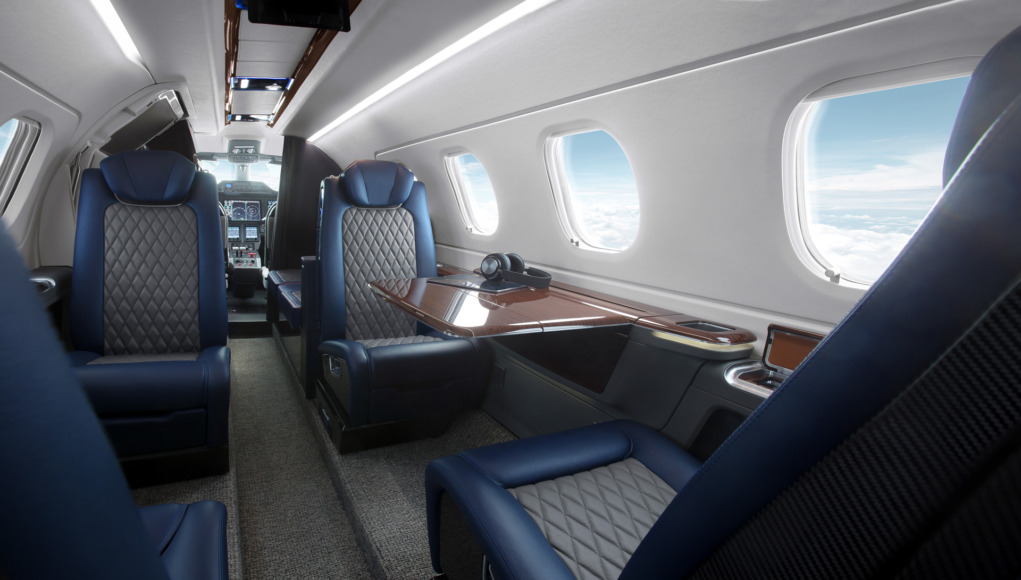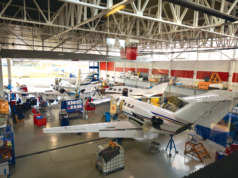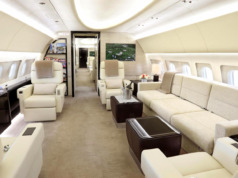While until recently, business aircraft owners have been primarily Baby Boomers and older, today’s users of business aviation span five generations: The Silent Generation (born before 1945), Baby Boomers, Generations X and Y, and Millennials. New users increasingly are drawn from these last groups. Most new users usually first experience business aviation via charter flights, whether direct aircraft charter or jet cards (See “The Access Economy,” BAA May/June 2018).
Those new aircraft users, as well as a growing number of current owners, are willing to share access to “their” aircraft. They will forego the bespoke paint and interior of a dedicated, single-owner aircraft in return for lower fixed overhead costs or less expensive flights.
Evolving Use Feeds Industry Rebound
Recovering from the downturn of the past ten years, aircraft manufacturers are responding by making several changes. They are producing aircraft with airframes, engines, and operating systems that are more robust, and can fly longer between maintenance events. These more efficient aircraft, with advanced avionics and navigation systems, can fly farther with less fuel.
More than 6,000 business jets were delivered during the last decade, and more than 11% of those entered service as fleet aircraft dedicated to flying fractional or charter customers. While programs offering aircraft dedicated to shared use have been around since 1964, the current generation of fleet operators, ordering 20 to 40 new aircraft at a time, reflects an evolution in executive and high-net-worth individual business aircraft travel (See “Access Without Excess,” BAA July/August 2018).
From the manufacturer’s standpoint, these large orders make building aircraft easier. It smooths the production flow, enabling the manufacturer to load the production line with pre-sold aircraft. There is no delay in waiting for an owner to “spec” the interior and paint; that is predetermined by the fleet brand. The manufacturer knows that Fleet Operator “A” wants Interior “B” with Fabric “C” and Carpet “D.”
But fleet aircraft serving multiple users present different manufacturing challenges. Fleet use means higher annual flight hours on each airframe, and that means more wear and tear on aircraft interiors. While an aircraft dedicated to flying for a single owner averages less than 200-300 flight hours annually, a fleet aircraft operator targets more than 600 hours.
Plus, the aircraft may need to be repositioned between occupied flights several times each day. Repositioning presents two challenges. One is that, unlike an aircraft interior designed for an individual owner, who chooses the style, layout, colors, and materials to personalize the aircraft to taste, a shared aircraft interior must be designed for increased durability, flexibility, and ease of cleaning and maintenance required for “quick turns.”
Two, the seating arrangement must be more flexible, and able to be altered easily to accommodate different user requirements.
Manufacturers also are re-engineering the interior design and completion process, to expedite deliveries and entries into service to meet the increased demand by end users.
Traditionally, changes in aircraft interiors have required complete replacement of affected elements. Recent innovation in aircraft interior architecture allows for the creation of “zones of personalization” as well as maintenance accessibility for rapid replacement operations between flights.
This enables operators to clean, maintain, and repair seats, sidewall panels, carpets, and cabinetry more quickly and easily. And that minimizes aircraft downtime between flights, thus maximizing flight availability for fractional owners and charterers.
In developing these new designs for shared aircraft use, aircraft manufacturers preserved the essential flexibility, comfort, and freedom of movement business aviation flying provides the traveler, while offering improved maintainability for fleet operators.
As the popularity of the “Access Economy” increases and manufacturers continue to respond, these NextGen aircraft increasingly will serve both constituencies: delivering sustainable operations and profitable results to their fleet owners, while offering comfortable and cost effective transportation to business travelers. BAA
With more than 25 years of experience in the automotive and business aviation sectors, Jay Beever has served as the Vice President of Interior Design at Embraer Executive Jets in Melbourne, Florida, since 2012.





